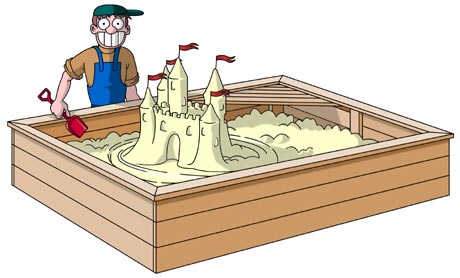Finman
Queen Bee
- Joined
- Nov 8, 2008
- Messages
- 27,887
- Reaction score
- 2,026
- Location
- Finland, Helsinki
- Hive Type
- Langstroth
On the flip side of that though redwood is that if the bees haven't used enough stores over the winter they cant build up quickly due to lack of space and if you put a super on to early you may find the bees are moving sugar stores up into it to get the space.
Noooooooo
You take extra food off and leave a proper amount of food there.
If you put too early super onto the hive, you spoil the build up.
And bees do not move sugar to the Super when they are not able to keep Super warm.
Mostly guys are earger to feed small colonies and they stuck the combs. And what do the bees: they swarm and escape.
if you have one box full of bees, proper amount of food in spring is 2 full frames alltogether.
.


















































